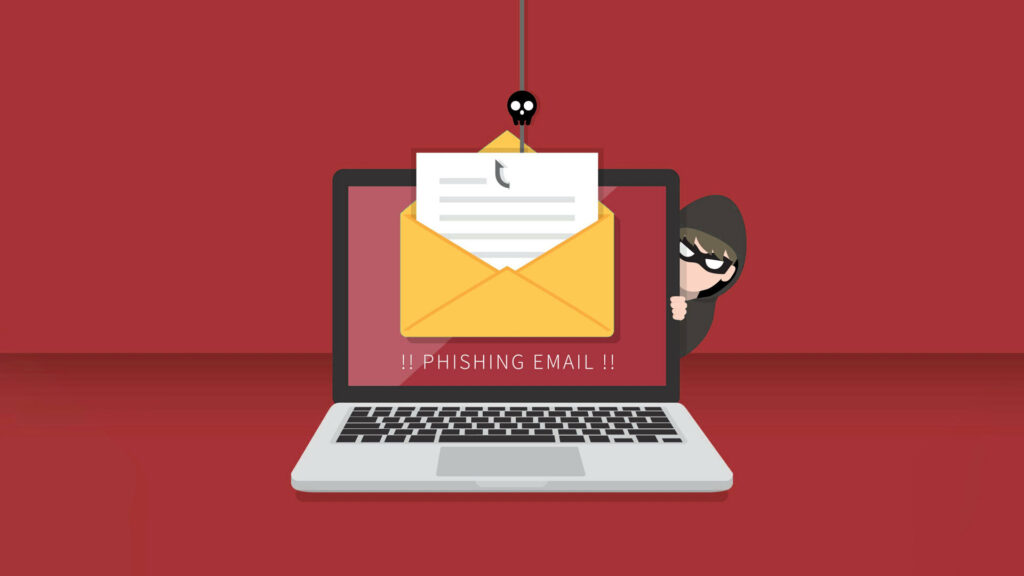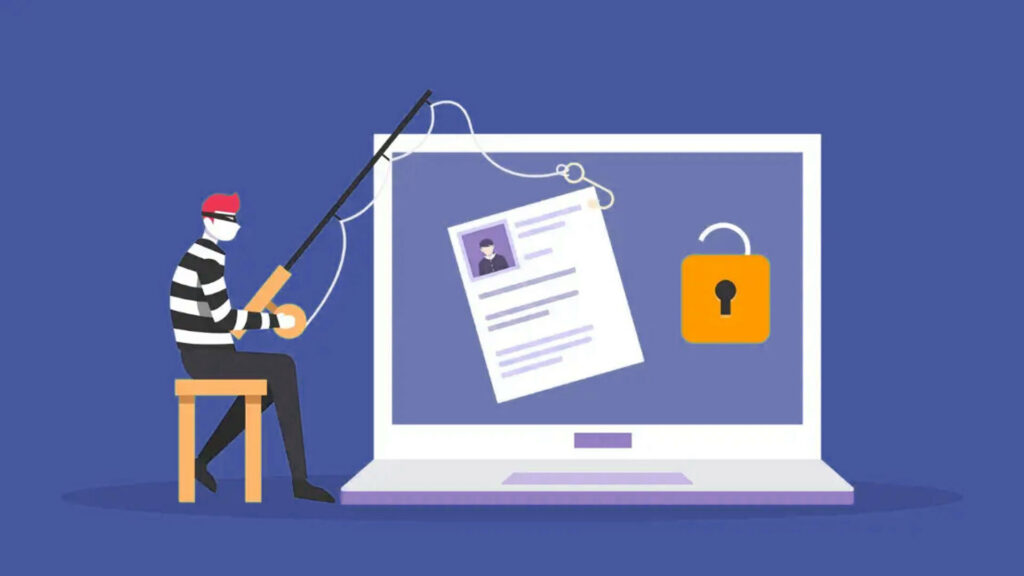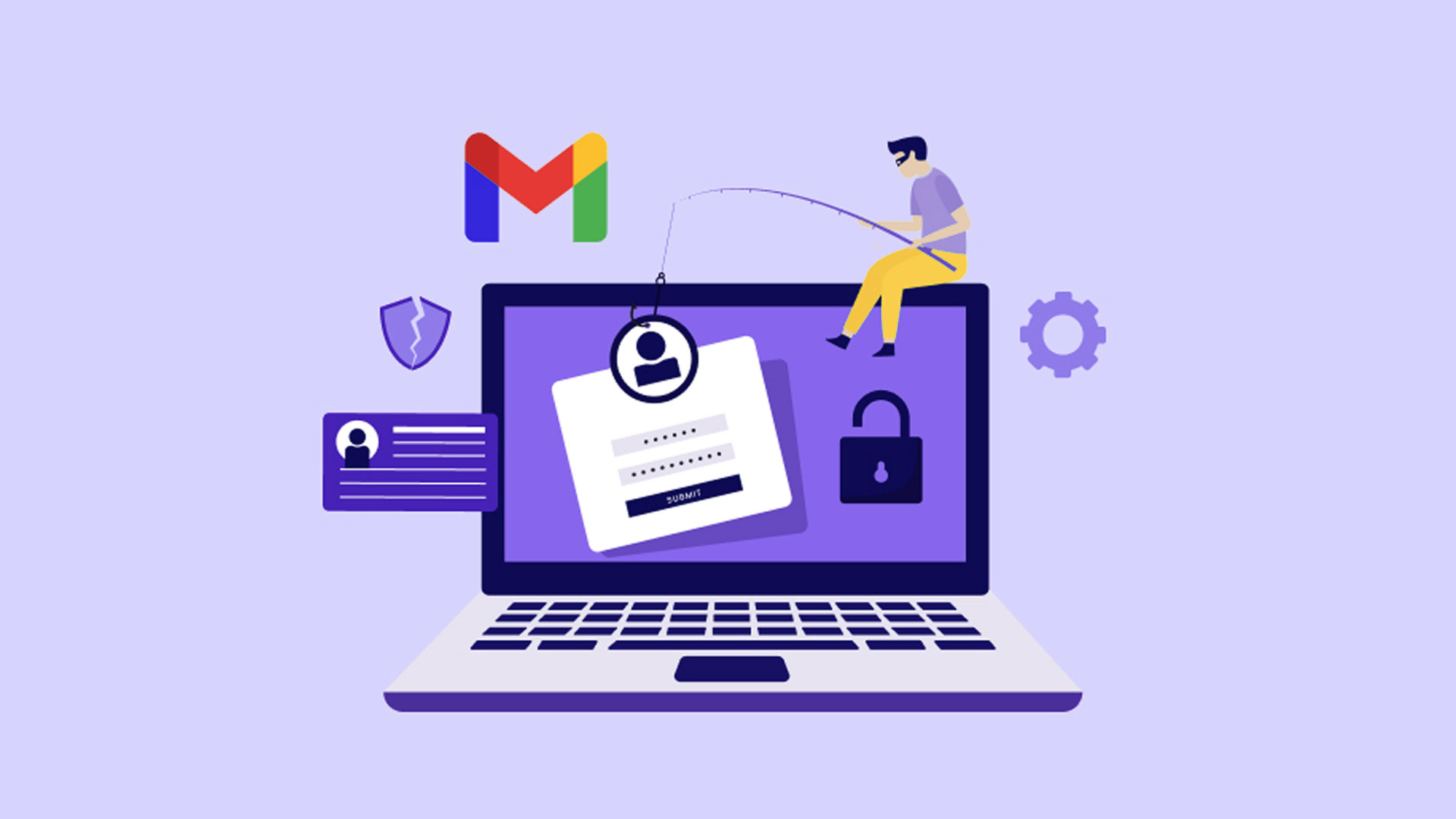Securing incoming email delivery is crucial to protect your organization from various threats such as phishing, malware, and spam.
Here are several ways to enhance the security of incoming emails:
Implement Email Filtering: Utilize advanced email filtering solutions to automatically detect and filter out malicious content, phishing attempts, and spam. These solutions often use heuristics, machine learning, and real-time threat intelligence to identify and block harmful emails.

Enable Spam and Malware Protection: Ensure that your email solution has robust built-in spam and malware protection features. These features should automatically filter out suspicious emails before they reach users’ inboxes.
Use DKIM and SPF Authentication: Check incoming emails for DomainKeys Identified Mail (DKIM) and Sender Policy Framework (SPF) authentication. Verify that the sender’s domain is legitimate and that the email content has not been tampered with during transit.
Implement DMARC Policies: Deploy Domain-based Message Authentication, Reporting, and Conformance (DMARC) policies to specify how your domain handles emails that fail authentication checks. DMARC helps prevent email spoofing and phishing attacks.
Scan Attachments and Links: Use email security solutions that can scan email attachments and links for malware and malicious content. This helps prevent users from accidentally downloading or clicking on harmful files or URLs.
Apply Content Filtering: Implement content filtering policies to identify and block emails containing sensitive information, inappropriate content, or specific keywords that may indicate malicious intent.
Enable Greylisting: Greylisting temporarily rejects incoming emails from unknown senders, prompting legitimate servers to resend the messages. This technique can help reduce the impact of spam and bot-generated emails.
Use Advanced Threat Protection (ATP): Employ advanced threat protection solutions that go beyond traditional antivirus measures. ATP can detect sophisticated threats, such as zero-day exploits and targeted attacks.
Implement Connection Filtering: Use connection filtering to block or quarantine emails based on the IP addresses or domains of known malicious senders. This helps reduce the likelihood of receiving emails from known threat sources.
Train Users on Email Security Best Practices: Conduct regular security awareness training for users to educate them on recognizing phishing attempts, suspicious emails, and social engineering tactics. Encourage reporting of any suspicious emails.
Enable Multi-Factor Authentication (MFA): Implement multi-factor authentication for email accounts to add an extra layer of security. Even if an attacker gains access to login credentials, they would still need additional verification steps to access the account.
Regularly Update and Patch Systems: Keep email server software, email clients, and security solutions up to date with the latest patches and updates. This helps address vulnerabilities that could be exploited by attackers.
Monitor and Analyze Email Security Reports: Regularly review email security reports, including logs and alerts, to identify patterns or anomalies that may indicate a security threat. Investigate and respond promptly to any suspicious activities.
Implement URL Rewriting and Sandboxing (Optional): Some advanced email security solutions offer URL rewriting and sandboxing capabilities. URL rewriting modifies URLs in emails to redirect through a secure proxy, while sandboxing isolates potentially malicious content for analysis before delivery.

By combining these measures, organizations can significantly improve the security of their incoming email delivery, reducing the risk of falling victim to phishing attacks, malware, and other email-related threats.
SCHEDULE ONE ON ONE MEETING TO LEARN MORE

